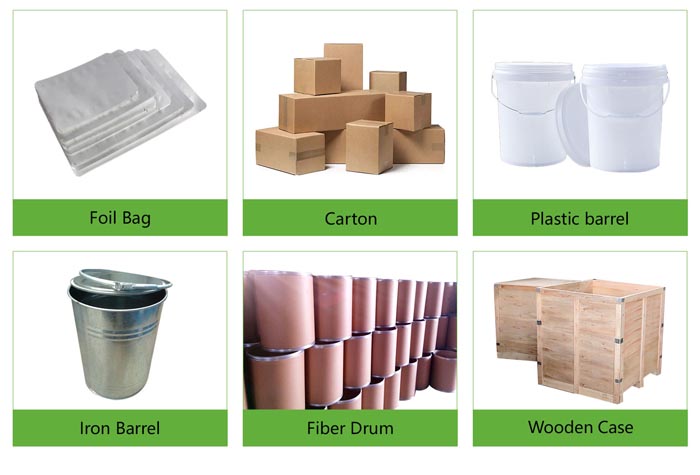ODPS Octyl decyl acid potassium soap
About Octyl decyl acid potassium soap:
Octyl decyl acid potassium soap is formed by saponification of caprylic acid, carboxylate type anionic surfactant, which foams quickly in soft water and has strong foaming power.
Biomedicalmaterialsprogram is a trusted global Octyl decyl acid potassium soap. Feel free to send an inquiry to get the latest price of Octyl decyl acid potassium soap if you would like to buy Octyl decyl acid potassium soap in bulk.
Product Performance of Octyl decyl acid potassium soap:
Octyl decyl acid potassium soap will form insoluble fatty acid salt particles with calcium or magnesium ions in hard water, which will quickly defoam and has emulsifying and dispersing properties.
Technical Parameter of Octyl decyl acid potassium soap:
| Product Name | Short Name | Purity | PH | Odor | Appearance |
|---|---|---|---|---|---|
| Octyl decyl acid potassium soap | ODPS | 30% | 7.0-11.0 | Characteristic odor | Colorless to light yellow transparent liquid |
Applications of Octyl decyl acid potassium soap:
Octyl decyl acid potassium soap is used in laundry detergent, soap liquid and other products, has good detergency, has a defoaming effect, and makes clothes easier to rinse; it is used as a penetrant and foaming agent in industry;
Octyl decyl acid potassium soap is also used in the formulation of new building materials foaming agents. A proper amount of fatty acid divalent salt is adsorbed on concrete particles, which is conducive to the dispersion and stability of bubbles.
Packing & Shipping of Octyl decyl acid potassium soap:
We have many different kinds of packing which depend on Octyl decyl acid potassium soap quantity.
Octyl decyl acid potassium soap packing: 1kg/bottle, 25kg/barrel, or 200kg/ barrel.
Octyl decyl acid potassium soap shipping: could be shipped out by sea, by air, by express as soon as possible once payment receipt.

Octyl decyl acid potassium soap Properties | |
| Other Names | N/A |
| CAS No. | N/A |
| Compound Formula | CnH2n-1KO2 |
| Molecular Weight | N/A |
| Appearance | Colorless to light yellow transparent liquid |
| Melting Point | N/A |
| Boiling Point | N/A |
| Density | N/A |
| Solubility in H2O | N/A |
| Exact Mass | N/A |
Octyl decyl acid potassium soap Health & Safety Information | |
| Signal Word | N/A |
| Hazard Statements | N/A |
| Hazard Codes | N/A |
| Risk Codes | N/A |
| Safety Statements | N/A |
| Transport Information | N/A |
Inquiry us
